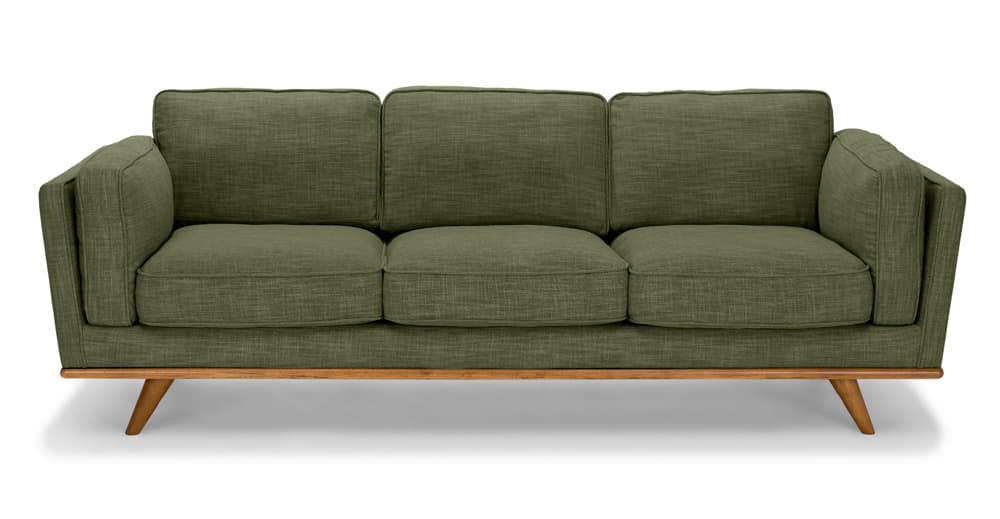
This section is about the reasons why your sofa could be itchy.
The most common cause of an itchy sofa is a fabric that has been treated with formaldehyde. Formaldehyde is used to treat fabrics in order to make them more water resistant and durable. However, this chemical can also cause an allergic reaction for some people, which can lead to itchiness. If you notice that your sofa is itchy only when you’re sitting on it, then this could be the problem.
Why is my fabric itchy?
Often the source is the dye or other chemicals in the clothing. Formaldehyde resins used to make garments wrinkle-free or dirt-repellent can cause problems. So can dyes, glues, and chemicals used to tan, or create, leather.[1]
How do I get rid of mites on my couch?
Steaming at temperatures above 130 degrees F will kill the majority of dust mites in your mattress. You can also steam your sofa, carpets, and upholstery. Since steaming alone won’t get rid of them completely, follow up with an allergen spray.[2]
Can a couch have mites?
Upholstered furniture including sofas, love seats, recliners and dining room chairs provide a cozy haven for dust mites. To reduce dust build-up, thoroughly vacuum fabric-covered furniture and wash removable upholstery covers in hot water, letting them air dry.[3]
How do you treat itchy fabric?
Turn the perpetrator inside out and soak it in cold water and a few tablespoons of white vinegar for 15 minutes, making sure that all the fibers are thoroughly saturated. While the sweater is still wet, gently massage a generous amount of hair conditioner into the fibers.[4]
What does sofa dermatitis look like?
The skin affected by the dermatitis can be severe, red, swollen, scaly and itchy. The rash is often seen on the backs of the legs, buttocks and back of patients who have sat on a DMF-contaminated couch.[5]
Why do I get itchy when I lay in bed but no bugs?
Along with your body’s natural circadian rhythms, a number of different health conditions can cause itchy skin to become worse at night. These include: skin diseases, such as atopic dermatitis (eczema), psoriasis, and hives.[6]
What is biting me in my couch?
No matter how clean you keep your house, your couch can still be a hotbed of insect activity. Some bugs are attracted to the upholstery fabric, while others are lured by the fur, hair and dust that couches collect. Bed bugs, fleas, carpet beetles and dust mites can all become unwanted sofa guests.[7]
What are the signs of mites?
nasal congestion and sneezing. itchy, red, or watery eyes. itchy nose, mouth, or throat. a cough. chest tightness. difficulty breathing. wheezing.[8]
How do I know if it’s dust mites?
Sneezing. Runny nose. Itchy, red or watery eyes. Stuffy nose. Itchy nose, mouth or throat. Itchy skin. Postnasal drip (a flow of mucus from behind your nose into your throat). Cough.[9]
How can you tell if you have couch mites?
The first sign of Couch Mite damage is yellowing of leaf tips, followed by shortening of the internodes and leaves. This results in tufted growth known as “witches’ brooms”.[10]
What bugs live in couches?
#1. Bed Bugs. #2. Carpet Beetles. #3. Dust Mites. #4. Fleas. Second Hand Furniture & Bugs Problems. We’re all looking for ways to save money in our lives.[11]
How can I tell if my couch has bed bugs?
If you think you may have bed bugs in your couch, do a check around the cushions. Lift each section and inspect the corners for signs of these small critters. If bed bugs are present, you’ll see thin black streaks, molted skins, small blood stains, or the flat, oval bugs themselves.[12]
